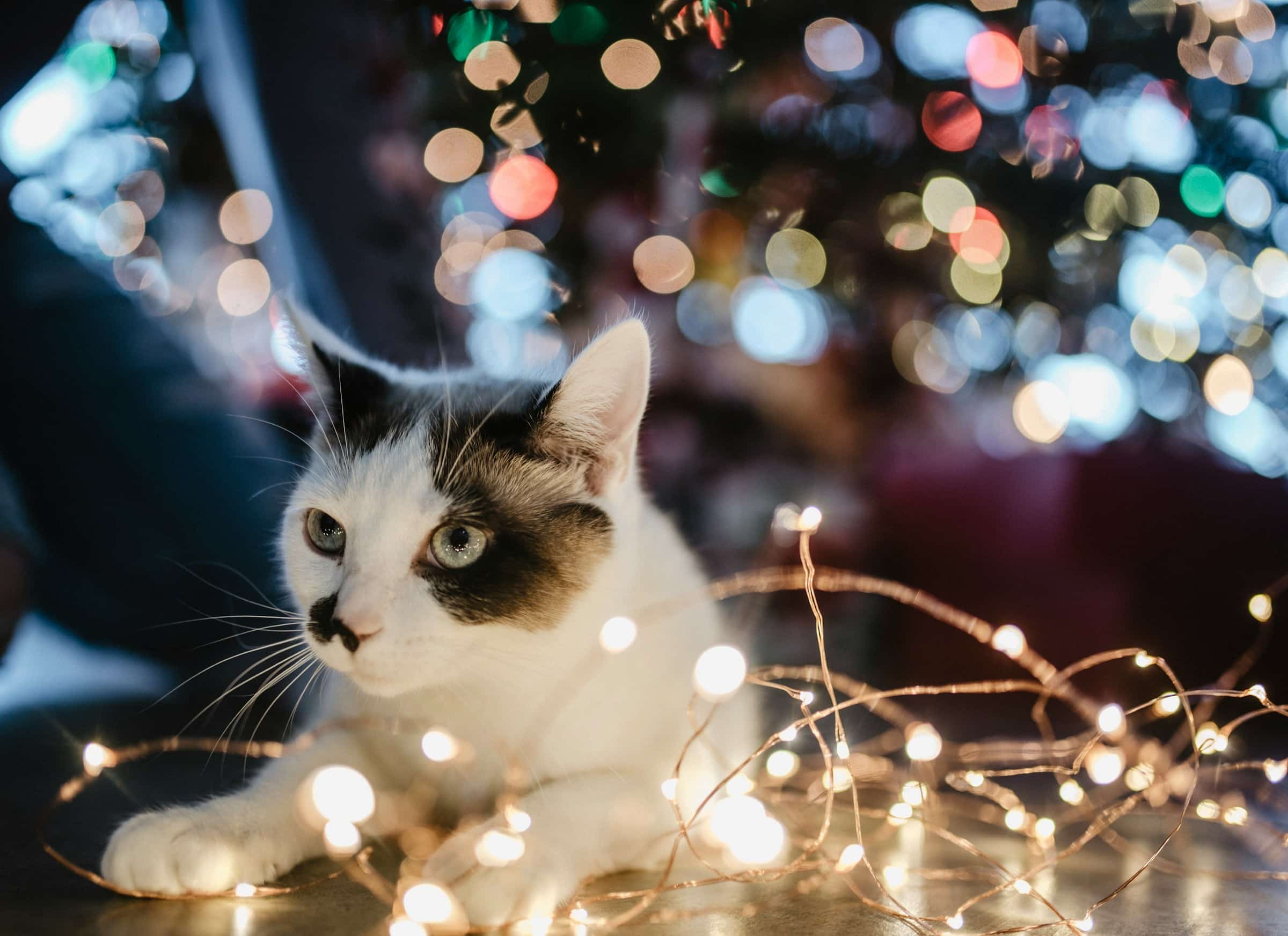What are the steps to design a cat-friendly water fountain that encourages drinking?

In the realm of pet care, especially when it comes to our feline friends, hydration is a crucial component that can't be overlooked. Nonetheless, getting your cat to drink enough water is often a challenging task. The solution? A cat-friendly water fountain that encourages drinking. In this in-depth feature, we’ll guide you through the process of designing a fountain that's not just efficient, but also attractive to your finicky feline. This article will engage with the keywords: water,cat,fountain,cats,that,pet,drink,fountains,clean,drinking,bowl,bowls,food,hydration,will,uahpet,fresh,read,health,feline.
Understanding Your Cat's Drinking Habits
Before we dive into the design process, let's first understand why it's essential to encourage our cats to drink more water. Cats in the wild get most of their hydration from the food they consume. Domestic cats, however, especially those on a dry food diet, may not receive adequate hydration from their meals. This is where a cat-friendly water fountain comes into the picture.
A voir aussi : What are the protocols for safely removing a foreign object from a cat's paw at home?
Cats have an instinctual preference for running water over still, stagnant water in a bowl. This trait harkens back to their wild ancestors, who learned that running water was cleaner and safer to drink. By incorporating this preference into our design, we can create a fountain that will encourage your cat to drink more often.
Designing an Appealing and Functional Cat Water Fountain
When designing a water fountain that caters to your feline's needs, there are several factors to consider. First and foremost, the fountain must be easy to clean. Cats are known for their fastidious cleanliness, and a dirty fountain will deter them from drinking. Therefore, it’s crucial to design a fountain that is simple to disassemble and clean.
En parallèle : How do you set up an interactive home camera system to engage a cat during owner's absence?
Also, cats are sensitive to the taste and smell of water. To provide fresh, clean water that your cat will love, consider incorporating a filter into your design. This can help to remove any unpleasant tastes or smells, encouraging your cat to drink more.
Another critical design feature is the flow and movement of water. As mentioned earlier, cats are attracted to running water. Designing a fountain with a free-falling stream will appeal to your cat's natural instincts and encourage them to drink.
Selecting the Right Materials for Your Cat Water Fountain
The material used to construct your cat water fountain is another essential consideration. Cats are known to have a sensitivity to certain materials, such as plastic, which can cause allergic reactions. In addition, plastic bowls are more prone to scratches, which can harbour bacteria and lead to a dirty drinking area.
Ceramic or stainless steel are great alternatives as they are more durable and less prone to harbouring bacteria. Besides, these materials are also easier to clean, which fits into our previous discussion about the importance of cleanliness.
Incorporating a Quiet Motor
One of the main deterrents for cats when it comes to water fountains is the noise of the motor. Many cats are scared away by the sound, making it tricky for them to use the fountain. Therefore, incorporating a quiet motor is a crucial step in designing a cat-friendly water fountain.
Finding an ultra-quiet pump for your water fountain will allow your pet to access fresh water without getting spooked by a loud noise. Remember, the goal is to create an environment that draws the cat in, not one that scares them away.
Positioning Your Cat Water Fountain
Lastly, where you place your cat's water fountain can also influence how often they drink from it. Cats prefer to have their water source separate from their food. This instinct comes from the wild, where cats don’t eat and drink in the same place to avoid contaminating their water with food.
By placing the water fountain in a different location to where you serve their food, you’ll be creating a more natural environment that encourages drinking. It’s also worth considering placing the fountain in a quiet, low-traffic area where your cat can drink in peace.
In conclusion, designing a cat-friendly water fountain involves an understanding of your cat's natural instincts and preferences. By incorporating these into your design, you can create a fountain that not only encourages your cat to drink more but also enhances their overall health and wellbeing.
As for your action steps: analyze your cat's habits, consider the fountain's design, select the right materials, incorporate a quiet motor, and carefully consider the positioning of the fountain. By following these steps, you're well on your way to giving your furry friend the hydration they need to lead a healthy life. The journey to a well-hydrated cat starts here.
Choosing the Right Size and Style for Your Cat Water Fountain
Size and style are equally important factors to consider when designing a cat-friendly water fountain. Cats are generally more comfortable drinking from a shallow water source. In the wild, a shallow stream is safer than a deep pond, where predators may lurk. Therefore, designing a fountain with a low, broad bowl can emulate a shallow stream and be more inviting for your cat.
The style of the fountain should also be taken into account. A fountain that fits seamlessly into your home decor would be a good choice. This way, the fountain doesn’t become an eyesore but rather a stylish addition to your home. Look for a design that is not only functional but also aesthetically pleasing. Consider the fountain's shape, color, and design details.
Keep in mind that while fancy designs might appeal to you, cats may prefer simpler styles. Avoid fountains with intricate details and hard-to-reach areas as these can make cleaning more difficult. Ultimately, the fountain's design should prioritize your cat's comfort and ease of use over aesthetic appeal.
Opting for a Power-Saving and Safe Water Fountain
Equally important is ensuring that the cat water fountain is safe and power-efficient. If the water fountain operates continuously, it can become an added expense to your electricity bill. Therefore, opting for a fountain with a power-saving feature can be beneficial. Some modern cat water fountains come with a sensor that detects when your cat is approaching, turning on the pump only when needed.
Safety is paramount. The fountain should be designed to avoid any potential hazards, such as sharp edges or small parts that could be a choking hazard. Also, the electric cord should be designed in a way that your cat can’t chew on it, reducing the risk of an electric shock.
Investing in a fountain with a low voltage is another safety measure. This ensures that in the unlikely event your cat does come into contact with the electricity supply, the danger is minimal.
In conclusion, a cat-friendly water fountain requires careful consideration of various factors. You need to understand your cat's drinking habits and preferences. The fountain design should be simple, easy to clean, and fitted with a quiet motor. The materials used should not cause allergies, and the fountain's positioning should encourage frequent drinking.
When deciding on size and style, remember to consider your cat's comfort and the ease of cleaning the fountain. Power efficiency and safety should not be overlooked. Ultimately, the goal is to create a water fountain that encourages your cat to stay hydrated, thereby promoting their health and wellbeing.
By following these guidelines, you are not only providing your cat with a reliable source of fresh water but also creating a safe and comfortable environment that caters to their natural instincts and habits. So, let's raise a toast (or rather, a bowl) to a well-hydrated and healthy cat!
